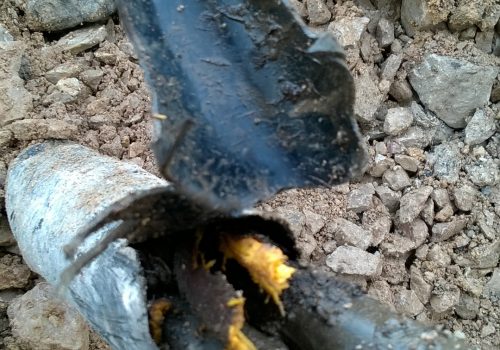
Why is Japanese Knotweed so hard to kill?
Japanese Knotweed is difficult to eradicate due to its resilient rhizomes, which can spread over 3 meters underground and regenerate new plants from small fragments, making complete removal challenging.

Japanese Knotweed is difficult to eradicate due to its resilient rhizomes, which can spread over 3 meters underground and regenerate new plants from small fragments, making complete removal challenging.
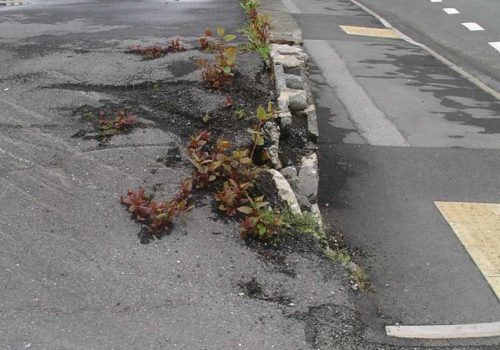
Japanese Knotweed's resilience stems from its rhizomes, or 'creeping rootstalks', which can stretch over 3 meters from the visible plant and produce new plants from even small fragments, making eradication challenging.
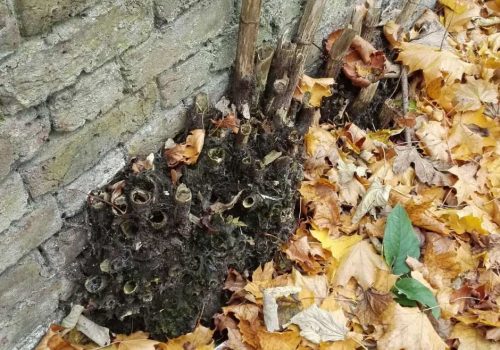
If not controlled early, Japanese Knotweed can impede land use, increase costs, damage structures, devalue property, and create legal problems, especially if disturbed by activities like gardening or construction.

Recent academic research, such as the 2018 studies from the University of Leeds and Swansea, has influenced RICS to revise its guidelines, moving away from the '7m rule' and adopting a more nuanced, evidence-based approach
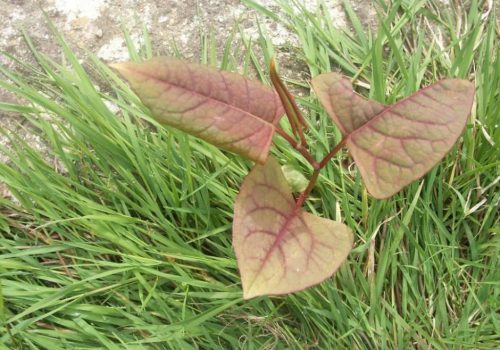
The RICS Guidance Note, updated in 2022, sets the standard for controlling Japanese Knotweed, reflecting the latest research and ethical standards for property assessment and service delivery.

Yes, obtaining a mortgage on a property with Japanese Knotweed is possible on a case-by-case basis, especially with evidence of a suitable KMP in place.
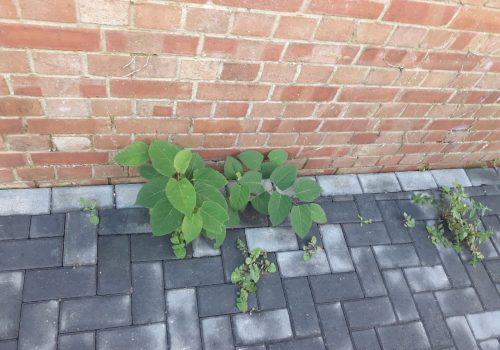
A KMP includes a survey report, photographic evidence, a site drawing of the infestation, and a recommended action plan for remediation, which may vary depending on the site and future land use plans.
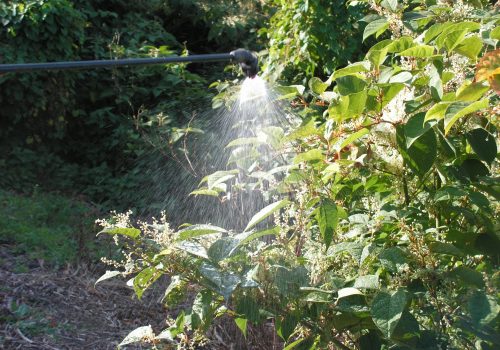
A KMP is a documented plan essential for managing Japanese Knotweed infestations on private or commercial land, detailing the extent, impact, and treatment strategies for the infestation
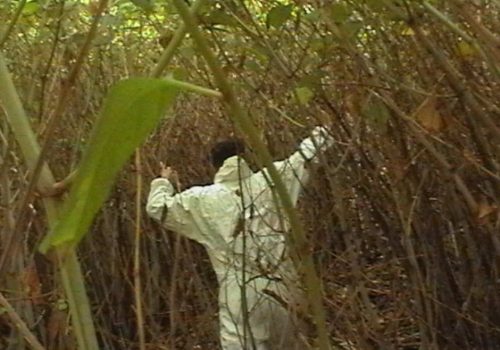
Failure to control Japanese Knotweed can lead to various legal issues, including potential disputes with neighbours and legal action for failure to manage the invasive species.
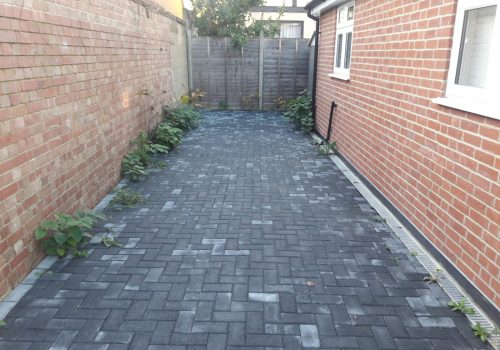
Uncontrolled Japanese Knotweed can significantly lower property values by making properties less attractive to potential buyers, complicating the mortgage and insurance processes, and potentially causing structural damage that requires costly repairs and legal actions.

The main methods for killing Japanese Knotweed include herbicide treatments and excavation, with new techniques like hot foam, steam, or electrical usage currently being evaluated for their effectiveness.
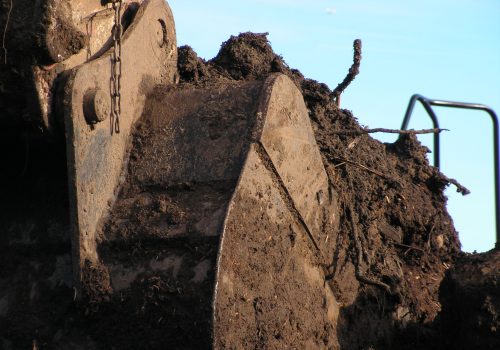
Excavated Japanese Knotweed waste can either be left onsite using approved methods like cell burial or removed to an approved landfill site licensed for knotweed waste.
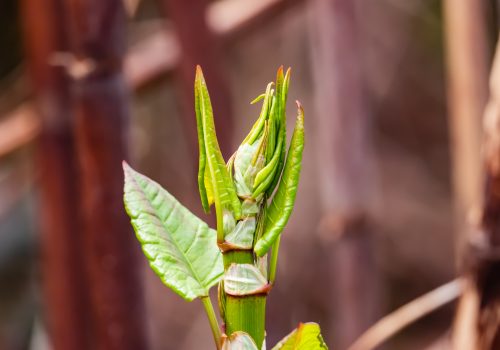
Japanese Knotweed Ltd. customizes control methods to meet each client's specific needs and land use requirements. Their approach often involves a bespoke plan that combines several techniques, including herbicide treatments, excavation, and innovative methods like vacuum excavation for environmentally sensitive areas.

Newer methods such as hot foam, steam, or electrical usage for Japanese Knotweed control lack sufficient evidence of long-term effectiveness and may be more costly than traditional methods.

The two primary control methods for Japanese Knotweed are herbicide treatments and excavation, with new methods like hot foam, steam, or electrical usage still under trial.

Ongoing investigations are being conducted to better understand the effects of Japanese Knotweed on both the built and natural environments.

Is Japanese knotweed as harmful and damaging as other invasive plants such as Bamboo? Find out in this brief article.

Japanese knotweed can impact property value. In this brief article we explain what can be done to avoid this issue.
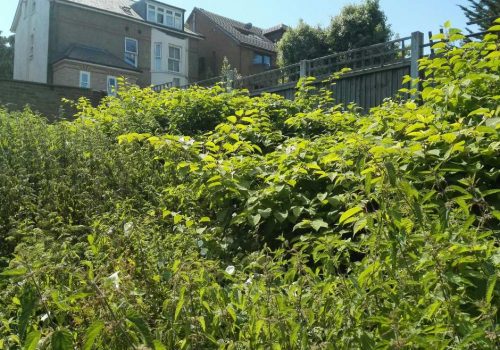
The impact of Japanese knotweed on commercial or residential sites can be minimised. Find out how in this brief article.

The Wildlife and Countryside Act 1981 carries significant implications for the cultivation of Japanese knotweed, find out more here.

There are legal regulatory guidelines around the removal and disposal of Japanese knotweed, which we outline in this brief article.

If you find Japanese knotweed on your property that originates from your neighbour's you can take legal action. Find out how in this article.
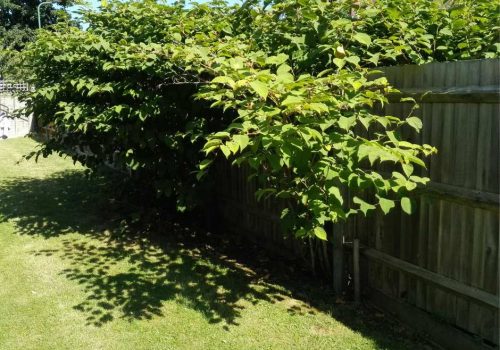
Discovering your neighbour has knotweed can be a real concern, here we explain what you can do in these circumstances.

What happens if you allow Japanese knotweed to spread onto a neighbour's property? Find out in this brief article.

Businesses face challenges due to regrowth during construction, legal risks, and the need to stop work for surveys and treatment if Knotweed is found on development sites.

Homeowners can face challenges like regrowth, legal risks, and delays if Japanese knotweed is found on their property. Find out why!

Find out how Japanese knotweed affects property sales in the UK, and what can be done to help.
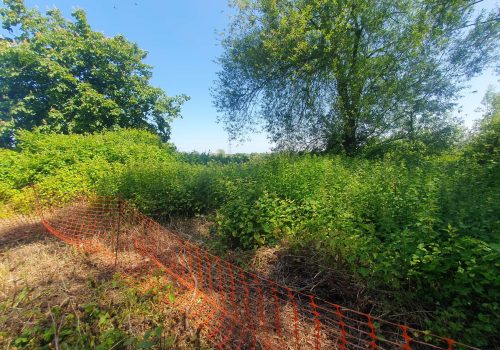
Businesses face challenges due to regrowth during construction, legal risks, and the need to stop work for surveys and treatment if knotweed is found on development sites.

Japanese knotweed can be difficult to spot in spring, here we show you what to look for and how it changes during the spring period.

In this article we explain what a risk assessment involves and why it is vital to include a knotweed survey for new development projects.